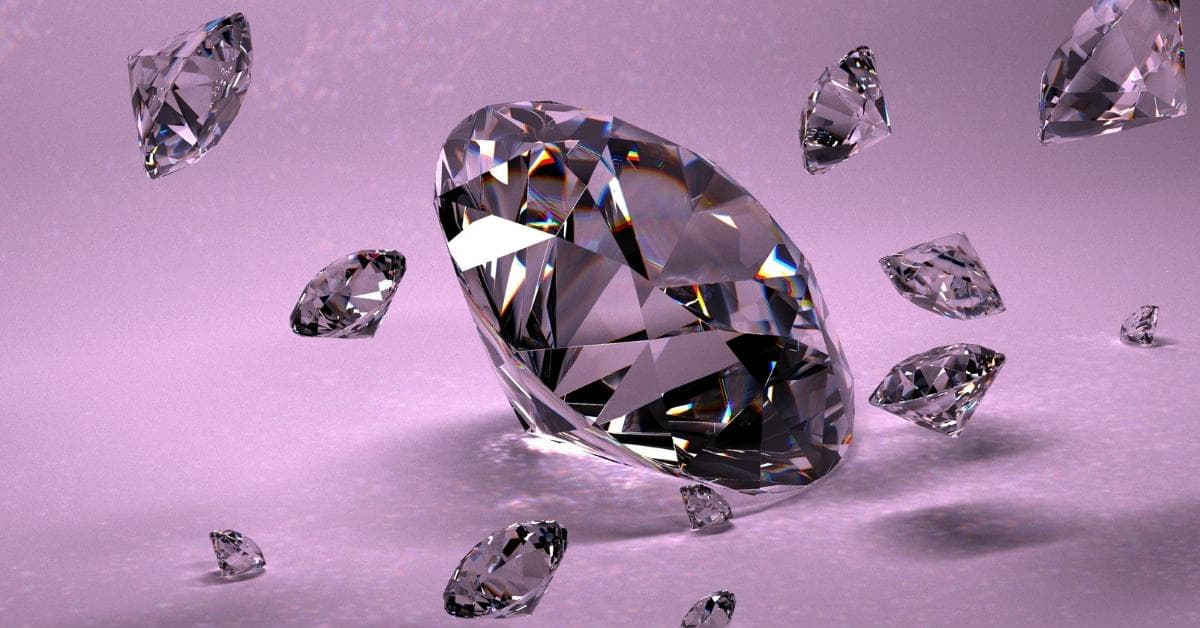In the dynamic world of digital marketing and e-commerce, the visual appeal of products plays a pivotal role in capturing the attention of potential customers. When it comes to jewelry, the intricate details and delicate designs require special attention to shine through in photographs. This is where the importance of jewelry retouching comes into play. In this article, we will explore the significance of a jewelry retouching course, guiding you through the process of mastering this valuable skill.
Why Learn Jewelry Retouching?
- Elevate Visual Appeal:
Jewelry retouching allows you to enhance the visual allure of jewelry images, making them more enticing to potential buyers. Through the use of specialized photo editing techniques, you can bring out the brilliance of gemstones, highlight intricate details, and ensure that every piece looks as stunning online as it does in person. - Create Consistency:
In the world of e-commerce, consistency is key. A jewelry retouching course teaches you how to maintain a uniform look across your product catalog, establishing a brand identity that resonates with your target audience. - Increase Sales:
High-quality, professionally retouched images have the power to boost sales by creating a positive first impression. Customers are more likely to trust and purchase from a brand that presents its products in the best possible light. - Cost-Effective:
Instead of hiring a professional retoucher for every photoshoot, learning jewelry retouching allows you to take control of the editing process, saving both time and money in the long run.
What to Expect from a Jewelry Retouching Course?
- Fundamentals of Jewelry Photography:
Before diving into retouching, a good course will cover the basics of jewelry photography, helping you capture high-quality images from the start. - Software Proficiency:
Gain proficiency in industry-standard software such as Adobe Photoshop, learning the tools and techniques specific to jewelry retouching. - Color Correction and Enhancement:
Understand how to correct color inconsistencies and enhance the vibrancy of gemstones, metals, and other elements in jewelry images. - Detail Enhancement:
Learn techniques for highlighting intricate details without compromising the natural look of the jewelry, ensuring a balance between enhancement and authenticity. - Background Removal and Replacement:
Master the art of removing distracting backgrounds and replacing them with clean, professional alternatives that complement the jewelry. - Image Composition:
Explore composition principles to create visually appealing images that showcase the jewelry in the best possible light.
FAQs
Q1: Is jewelry retouching only for professional photographers?
A1: No, anyone interested in improving the visual appeal of jewelry images, whether for personal or business use, can benefit from learning jewelry retouching.
Q2: Do I need expensive equipment for jewelry retouching?
A2: While professional photography equipment is beneficial, a jewelry retouching course often covers techniques that can be applied to images taken with basic equipment, including smartphones.
Q3: How long does it take to learn jewelry retouching?
A3: The duration varies based on individual learning pace and the depth of the course. With consistent practice, one can grasp the fundamentals in a few weeks.
Q4: Can I use jewelry retouching skills for other types of products?
A4: Yes, many of the skills learned in a jewelry retouching course are transferable to other product categories, making it a versatile skill set.
Conclusion
Mastering jewelry retouching is a valuable skill for anyone involved in the presentation of jewelry products. From enhancing visual appeal to increasing sales, the benefits are substantial. By investing time in a jewelry retouching course, you equip yourself with the knowledge and skills needed to make your jewelry stand out in the competitive world of e-commerce. Start your journey to becoming a jewelry retouching expert today!
This page was last edited on 28 February 2024, at 11:47 am
